Dogs are beautiful creatures, but unfortunately there are circumstances in which some dogs become aggressive – this could be due to poor socialisation, fear, the dog’s desire to protect its family or territory, or the dog being uncomfortable and warning signs going unnoticed. Whatever the case, it is devastating when someone is harmed in a dog attack, so here’s some information about how to identify, avoid and survive aggressive dogs.
Signs a dog is aggressive or fearful
The first thing to learn is how to recognise if a dog might be aggressive.
Here are some signs to look out for:
- The dog approaches you directly and/or stares at you with a fixed stare and stiff stance
- Its tail is up high and perhaps moving stiffly (the tail may be lower if scared too)
- Ears are up and erect or back if it is scared
- It is standing tall and its “hackles” are up (this is when the fur on the top of its back stands on end)
- Its lips and muzzle are pulled back in a snarl
- It growls or barks in a deep tone
- It rushes at you even if it suddenly sits (signalling fear-based aggression)
- It is lowering its head or has its tail lowered or between its legs
- If you see any of these signs, don’t threaten the dog back but instead immediately move calmly away to a safe place without turning your back (and see the rest of the tips listed below about what to do if you encounter an aggressive dog).
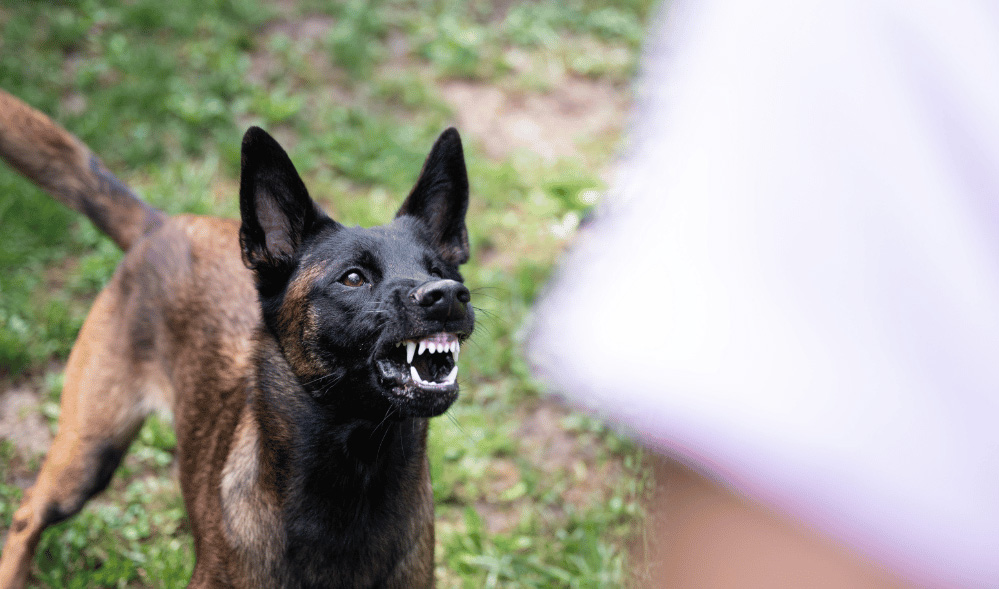
Tips to avoid dog attacks
Here is some advice to help you prevent a dog attack from occurring:
- Don’t enter a property over a fence or through a back gate
- Don’t reach over or through a fence to a dog
- Before entering a property, look out for a dog or signs of one e.g. a kennel, running tracks around the grass or dog poo
- Call out before entering a property to check if a dog is there
- Never enter a property where there is a dog without the owner’s knowledge and supervision
- Don’t approach an unfamiliar house with your own dog – the presence of another dog can make territorial aggression worse
- Ask the dog’s owner to introduce you to the dog safely when you are entering a new property – territorial aggression becomes worse if you have not greeted the dog
- Don’t sneak up behind a dog if it is sleeping, on its bed or hasn’t noticed you
- Never startle or act unexpectedly around a dog, especially one you don’t know
- Always ask a dog’s owner if it is ok to pat their dog before you touch it. If it’s unattended, leave it alone
- Pat dogs under the chin and on the chest – this is a non-threatening area. Avoid patting dogs you don’t know on the head or grabbing their collar
- Kids should never chase, hug or climb on top of dogs or grab a dog’s feet or tail or interrupt a dog that is eating
- Don’t try and remove food from a dog you don’t know, or from a dog that you know has resource guarding issues. This requires skill and confidence
- I highly recommend you do not interfere in a dog fight unless you are experienced and confident in the best techniques. Many dog bites to humans happen when a dog redirects their aggression to a person that’s trying to interfere in a dog fight. Breaking up a dog fight should only be attempted by strong, confident, experienced handlers! I know this is really tough if it’s your own dog that’s being attacked, but the risk of being bitten is very high in this scenario. How you react will largely depend on the severity of the attack, the breed, age and nature of the dogs involved and the experience of the people present.
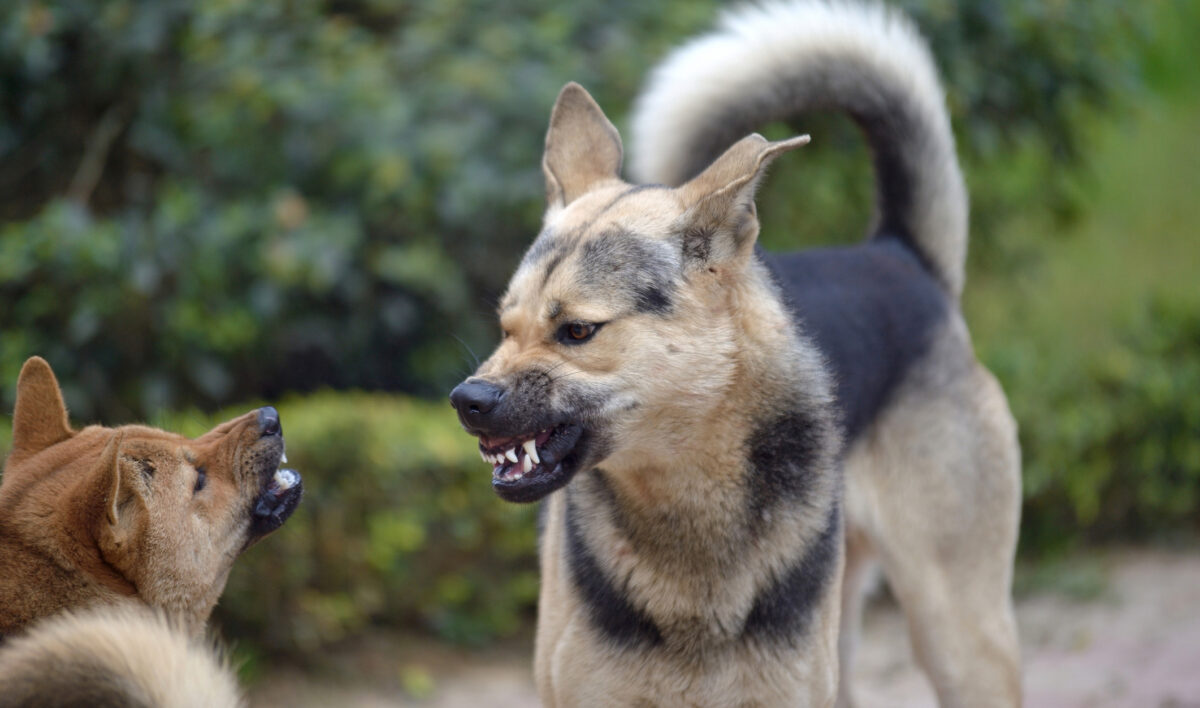
What to do if you encounter an aggressive dog
If you can see that a dog is or might be aggressive, here is how you should respond.
- Don’t try and scare or threaten the dog away – it could make things worse
- We want to be as non-threatening as possible towards the dog
- Don’t turn away from the dog
- Don’t run away
- Stay standing, but try to relax your posture – turn slightly sideways so you are not facing the dog full on
- Do not stare at the dog – this is very threatening. Look off to the side or glimpse at the dog briefly
- Withdraw slightly in stages without turning away
- If you need to talk, speak in high-pitched, friendly tones
- Call out for help to other people around, especially if the dog’s owner is nearby. But try not to sound scared – speak calmly in a friendly tone, do not squeal or scream.
- Retreat slowly into a car, building or behind a fence if possible
- If you have food with you, throw it in front of the dog, away from you, to distract it
- If you can find something to put between you and the dog easily, grab it and hold it low e.g. a stick, bag or chair. Don’t brandish it, just use it to hold between you and the dog so that if it lunges at you, you can give the dog something to latch onto that isn’t your body. If the dog does lunge to attack you and ends up grabbing this item, pull it back towards you to encourage the dog to latch onto the item rather than you. By redirecting the dog’s bite like this, it can give you enough time to retreat to somewhere safe or get help.
- There are high pitched sirens that can avert some dogs and other commercial safety devices you may wish to carry.
If you are particularly fearful of dogs, I suggest you carry a handful of treats that you can use to distract a dog if you come across one. You also may wish to carry a walking stick to help you feel more protected – note I do not recommend you use this to threaten the dog or brandish it against the dog, keep it low and just use it to create a block between yourself and the dog if needed. Also ensure you up-skill yourself on dog behaviour, so that you know how to recognise a truly aggressive dog AND how to respond with the correct body language so that you’re less likely to stimulate an attack.
Teach your children how to deal with this too – this kind of education can be critical to safety in challenging situations.
I hope this advice helps you to feel more confident!




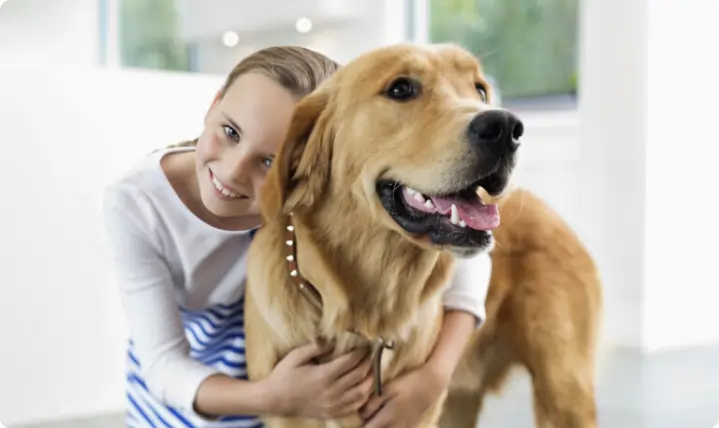


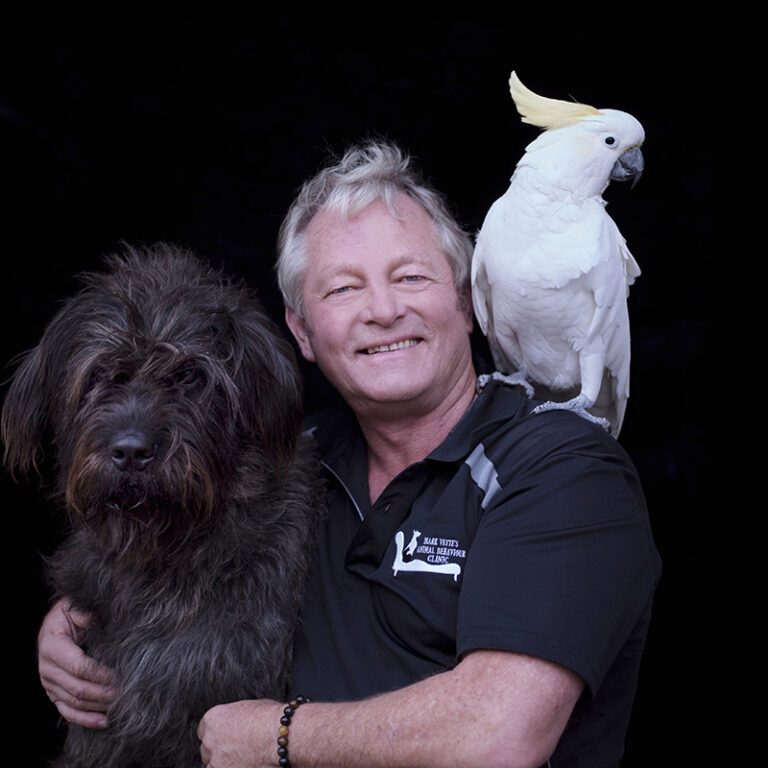


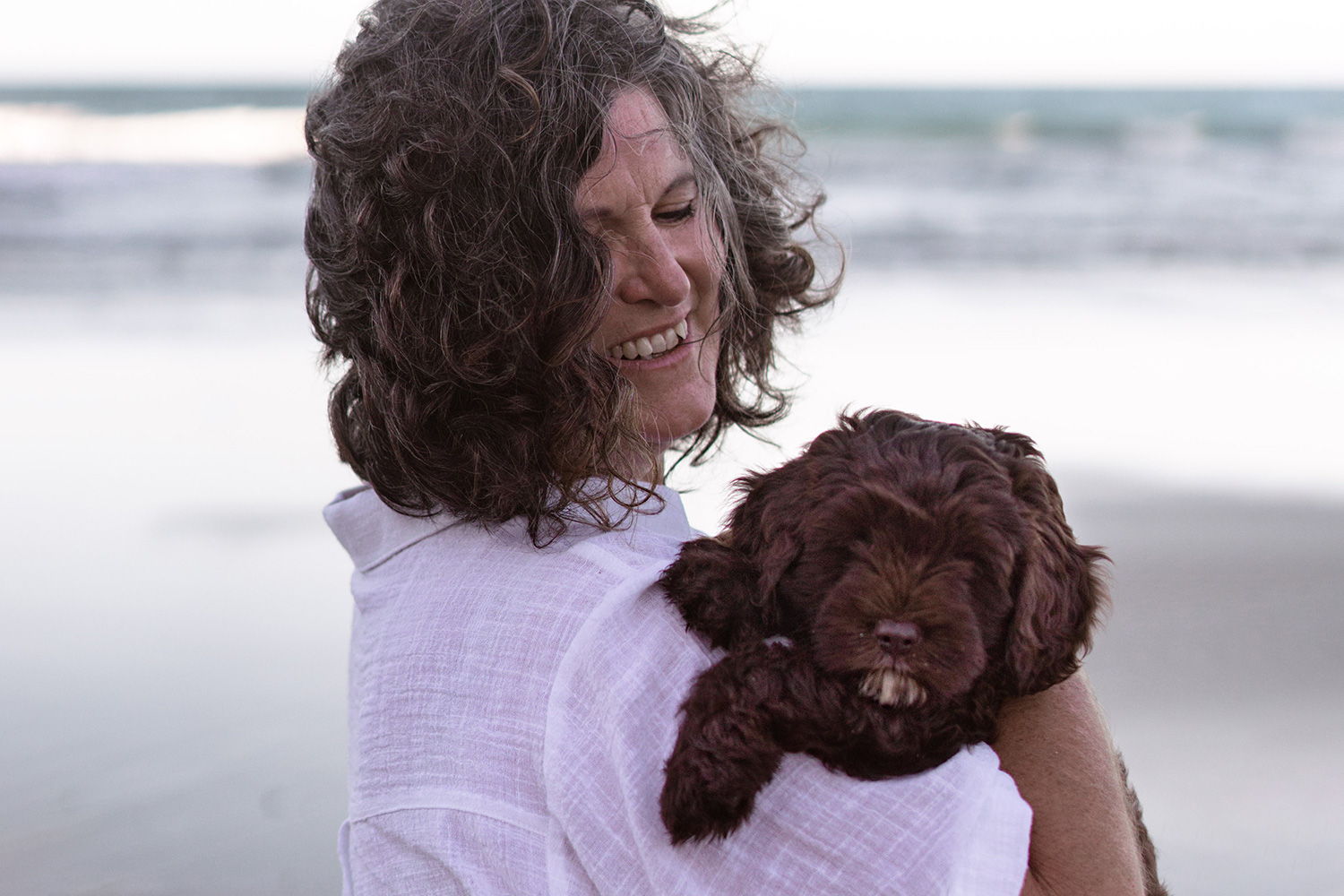
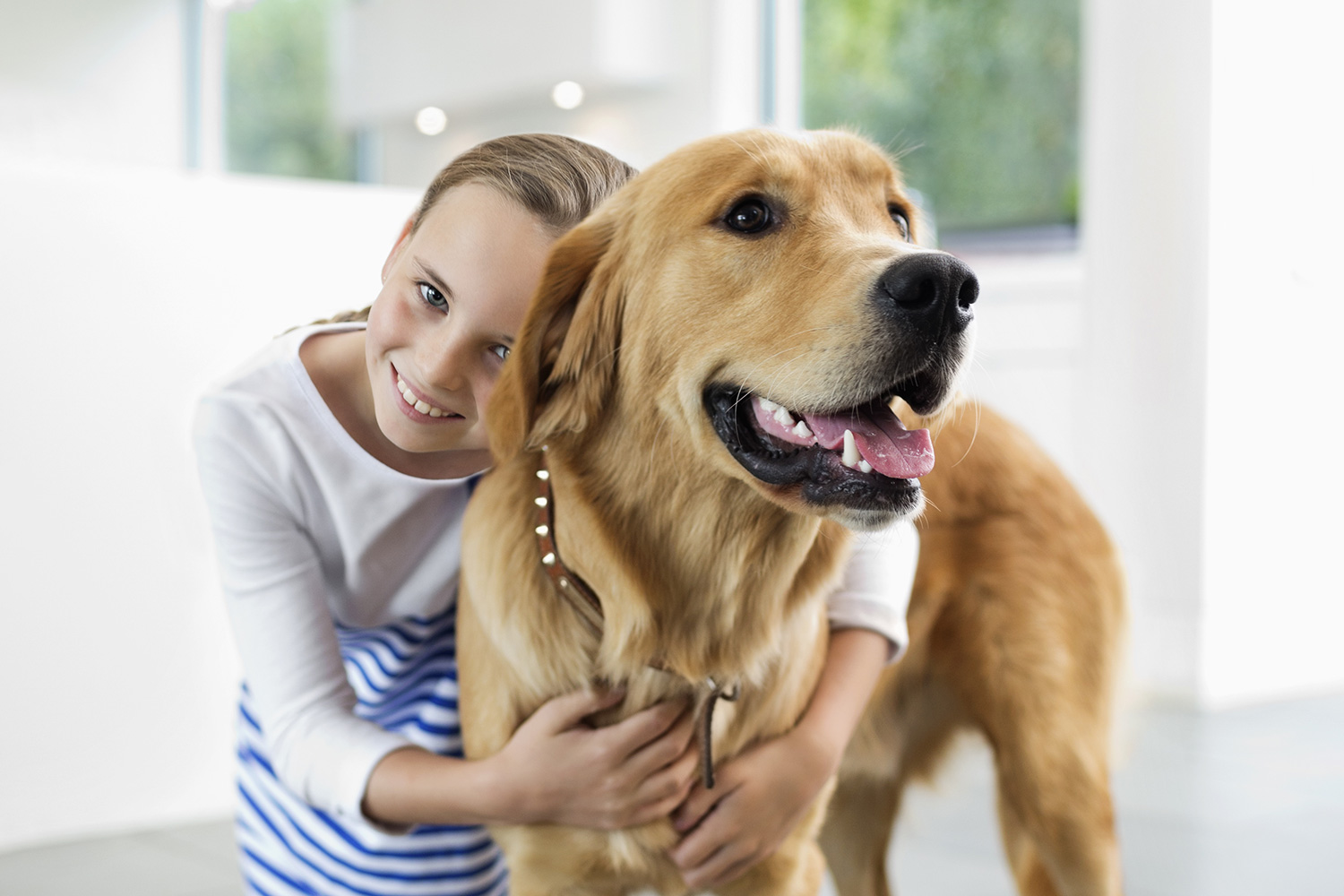

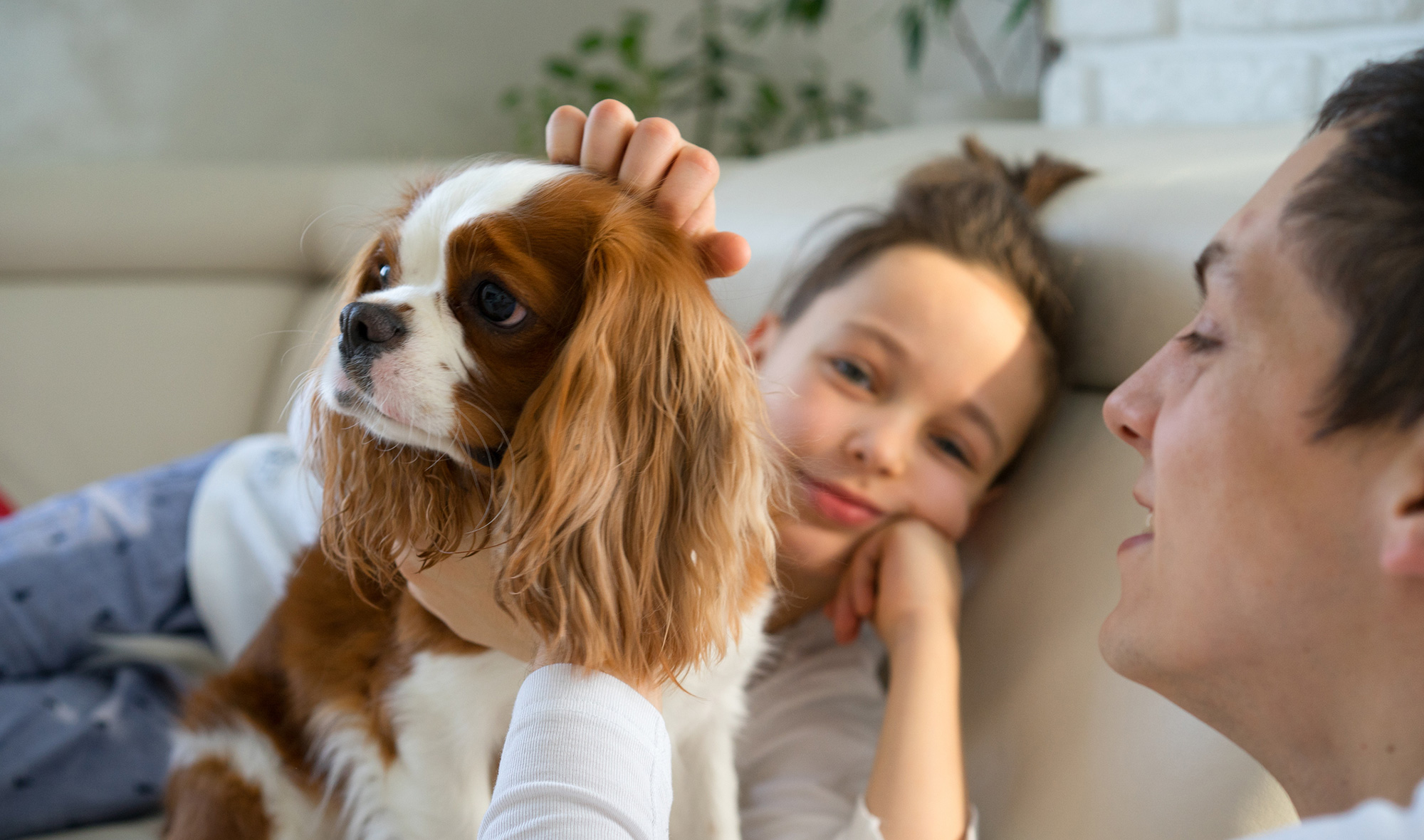

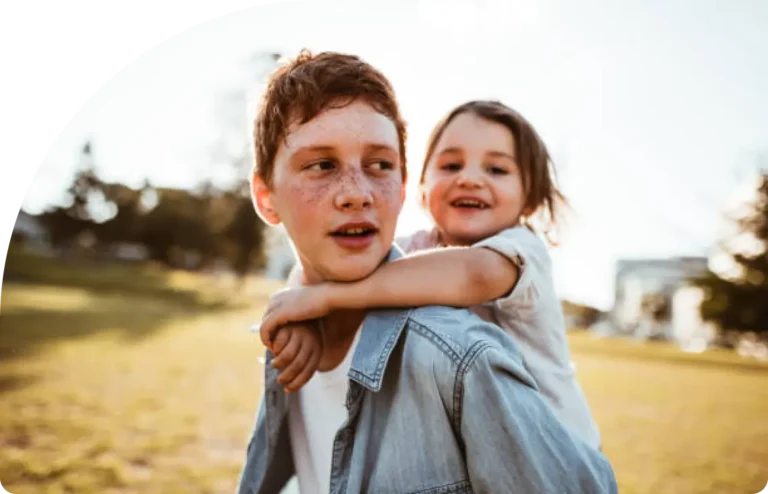

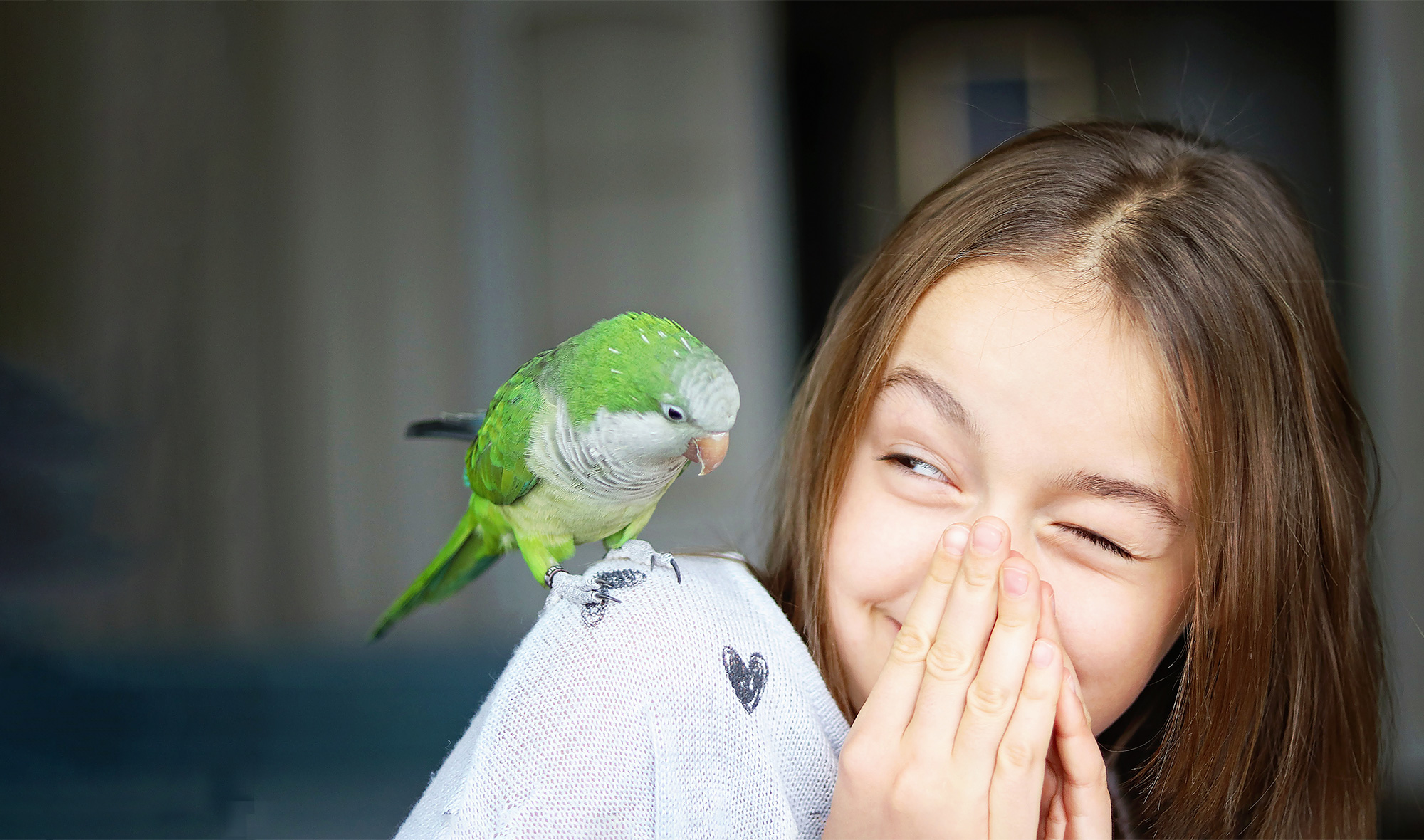


Community